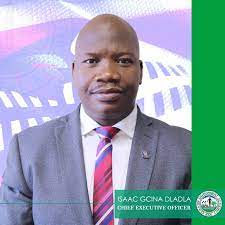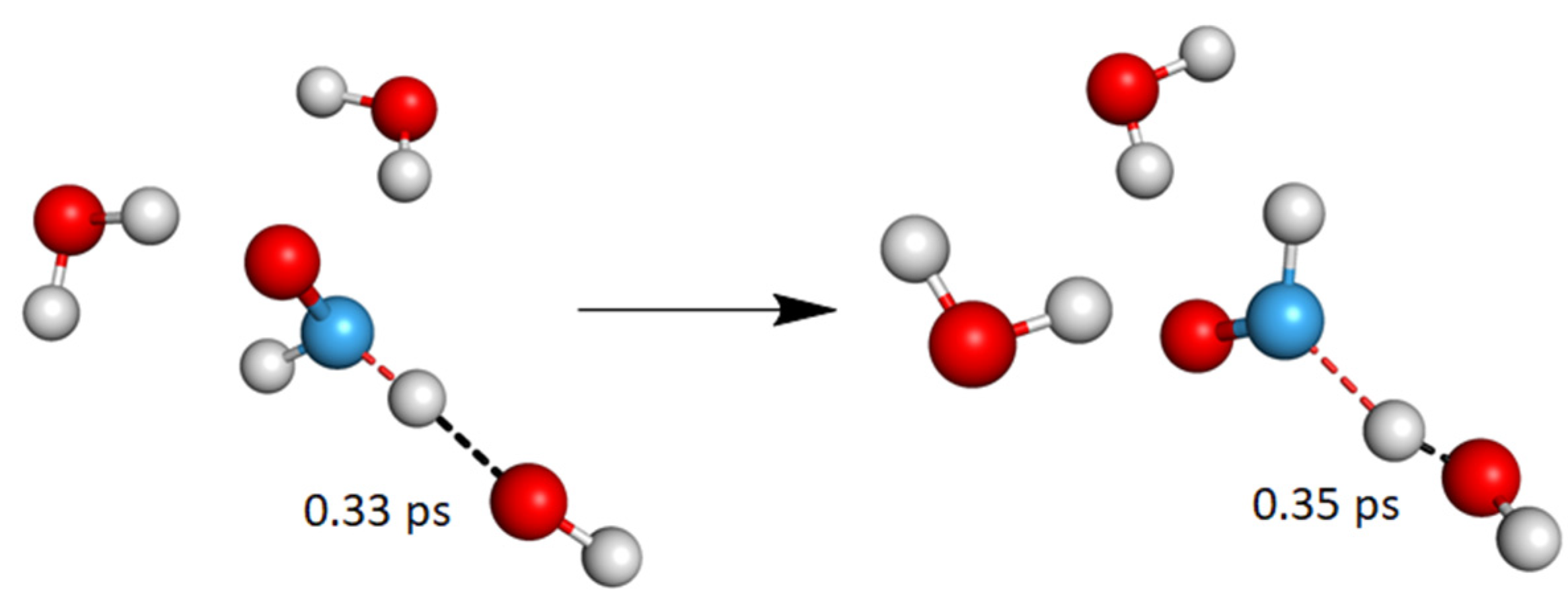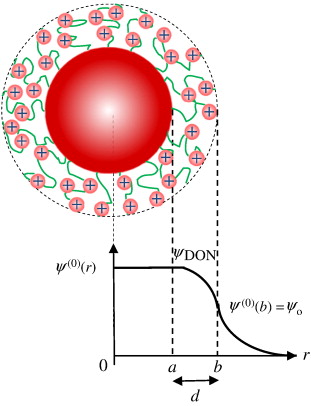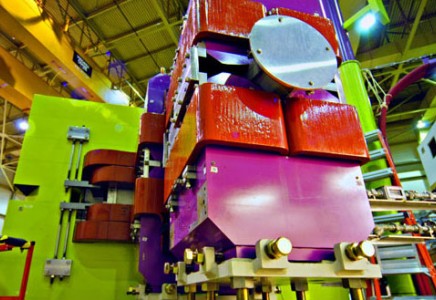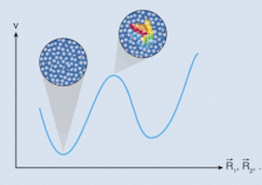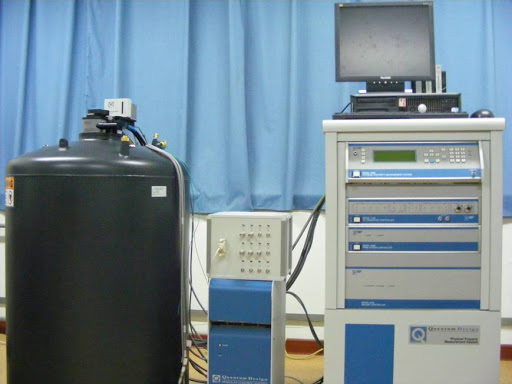Possible Career Paths for B.Sc holders
by Ms. Hlobsile Sikhosana
Chief Executive Officer, Eswatini National Trust Commission
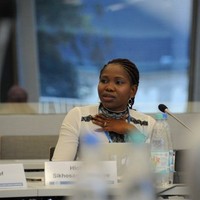
Brief Biography: Ms. Sikhosana is an experienced Environmental practitioner with a demonstrated history of working in the environmental services industry. Skilled in Environmental Issues including climate change, biodiversity conservation, chemicals and waste and land degradation. Skilled in resource mobilization.
Among her many education achivements, she holds a Master of Science in Applied Meteorology from University of Reading and a Bachelor of Science (Physics and Mathematics) from the University of Eswatini.
Before her appointment as Chief Executive Officer at Eswatini National Trust Commission, she was a the Chief Enviromental Coordinator at the Ministry of Tourism and Enviromental Affairs, has also served as the Natonal Climate Change Coordinator and Climate Change Officer at the National Meteorological Sevices. She has also worked as a high school teacher at Manzini Nazarene High School
Monday, July 17, 2023
2:00pm - 3:00pm
PH2.3
Join Zoom Meeting https://us02web.zoom.us/j/85091675102

